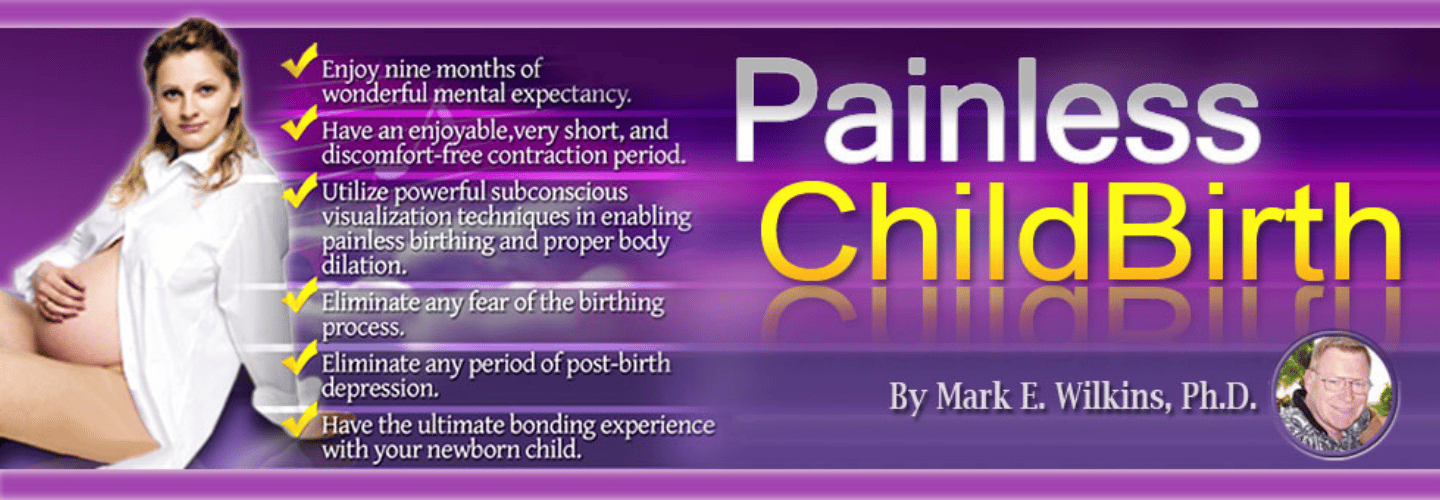
Hypnosis in childbirth has been scientifically proven to offer substantial pain relief, lessen pharmacological analgesia dependency, and elevate maternal relaxation and satisfaction during labor. By modulating brain activity related to pain perception and emotional response, it furnishes a non-invasive pain management alternative. Employing techniques such as self-hypnosis, visualization, and focused breathing, it provides a transformative approach to childbirth. Further exploration of these practices reveals their extensive benefits and efficacy in labor.
Key Takeaways
- Hypnosis provides significant pain relief by modulating brain activity and altering pain perception.
- Reduces reliance on pharmacological painkillers, lowering opioid requirements.
- Enhances relaxation and decreases anxiety, promoting a more controlled childbirth experience.
- Techniques like self-hypnosis and focused breathing empower women with tools for pain management.
- Offers a psychologically prepared, satisfying, and safer childbirth by managing pain perceptions effectively.
Exploring the Pain Relief Benefits of Hypnosis in Childbirth
Why are many expectant mothers turning to hypnosis for childbirth? The adoption of hypnosis techniques in obstetric care is primarily due to the significant childbirth benefits they offer.
Clinical studies highlight that hypnosis contributes to improved pain relief, reducing the need for pharmacological analgesia during labor. This method enhances maternal relaxation and diminishes anxiety, fostering a more controlled and positive birthing experience.
In addition, hypnosis has been associated with lower opioid requirements, indicating its effectiveness in natural pain management. These advantages make hypnosis a compelling choice for expectant mothers seeking a safer and more satisfying childbirth experience.
The Science Behind Hypnosis for Labor Pain Management
Building on the acknowledged benefits of hypnosis for pain relief during childbirth, an exploration into the scientific mechanisms that enable these effects is warranted.
Neuroscience applications suggest that hypnosis modulates activity within the brain's pain network, specifically the anterior cingulate cortex and prefrontal areas, altering pain perception.
This intervention leverages psychological effects to reframe the labor experience, diminishing the emotional response to pain and enhancing cognitive control.
Such psychological modulation facilitates a decrease in perceived distress and anxiety, promoting a more manageable and less painful childbirth process.
The integration of these mechanisms underscores hypnosis's efficacy as a tool for labor pain management.
Comparing Hypnosis With Traditional Pain Relief Methods

When comparing hypnosis with traditional pain relief methods during childbirth, several distinct differences emerge.
Hypnosis offers non-pharmacological pain management, emphasizing psychological preparation and relaxation techniques to mitigate labor discomfort. Studies highlight hypnosis benefits including reduced analgesic requirement and lower opioid usage, contrasting with traditional methods that often rely heavily on pharmacological interventions.
Additionally, hypnosis enhances maternal satisfaction by fostering a greater sense of control and reduced anxiety during childbirth. This method shifts the focus from pain elimination to pain perception management, providing a holistic approach that supports both psychological and physiological well-being during labor.
Techniques and Practices: How Hypnosis Works During Labor
Hypnosis during labor employs techniques that actively alter the mother's perception of pain through strategic mental conditioning. Utilizing self-hypnosis techniques and visualization practices, the approach focuses on deep relaxation and altering pain perceptions. Trained practitioners guide expectant mothers to harness these techniques effectively during childbirth.
| Technique | Description |
|---|---|
| Self-Hypnosis | Empowers women to manage pain through internal focus and relaxation cues. |
| Visualization Practices | Uses mental imagery to alter pain perception and enhance emotional well-being. |
| Deep Relaxation | Achieves a trance-like state reducing stress and pain sensitivity. |
| Focused Breathing | Regulates pain and stress through controlled breathing patterns. |
| Suggestion Techniques | Implants positive affirmations to boost pain tolerance and confidence. |
These methods collectively contribute to a more controlled and positive childbirth experience.
Real-Life Success Stories: Women's Experiences With Hypnosis in Childbirth

Numerous women have reported transformative experiences with hypnosis during childbirth, highlighting its effectiveness in managing labor pain and enhancing emotional well-being.
These hypnosis testimonials underscore a significant reduction in pharmacological analgesia use, as well as lower opioid requirements during labor.
Such childbirth experiences often feature enhanced maternal relaxation and control, contributing to positive birth outcomes.
Research corroborates these accounts, indicating that hypnosis facilitates a more manageable and satisfactory birthing process.
Frequently Asked Questions
Can Hypnosis During Childbirth Be Practiced Without a Professional Hypnotist?
Hypnosis during childbirth can be implemented without a professional hypnotist by utilizing self-hypnosis techniques learned through prenatal classes, empowering women to manage labor pain independently with evidence-based, clinically supported methods.
Are There Any Risks Associated With Using Hypnosis for Childbirth?
Regarding the safety of using hypnosis for childbirth, risks are minimal. Studies show negligible adverse effects, underscoring its safety as an alternative pain management technique. However, effectiveness varies based on individual responsiveness and practitioner skill.
How Early in Pregnancy Should One Start Learning Hypnosis for It to Be Effective?
To optimize effectiveness, prenatal preparation for childbirth using hypnosis should ideally begin in the second trimester. This gestational timing allows adequate practice and mastery of techniques before labor commences.
Does Hypnosis Work for All Types of Births, Including C-Sections?
Hypnosis techniques can be applied to various birth scenarios, including cesarean sections, as part of holistic childbirth preparation. Evidence suggests they facilitate better pain management and emotional coping, even when surgical interventions are necessary.
What Is the Success Rate of Hypnosis for Reducing Childbirth Anxiety?
Research indicates variable success rates for hypnosis in reducing childbirth anxiety, with many studies highlighting significant anxiety reduction compared to traditional methods, demonstrating its efficacy as a non-pharmacological intervention in prenatal care settings.
Conclusion
To sum up, as the medical community scurries to catch up with age-old mystical practices, hypnosis in childbirth emerges not as a mere trend but as a revival of arcane wisdom. The evidence-based embrace of such methods, albeit cloaked in modern research, harkens back to a time when potions and spells were the norm. As it turns out, entrancing a laboring mother may just be the most scientifically sound throwback to date.




